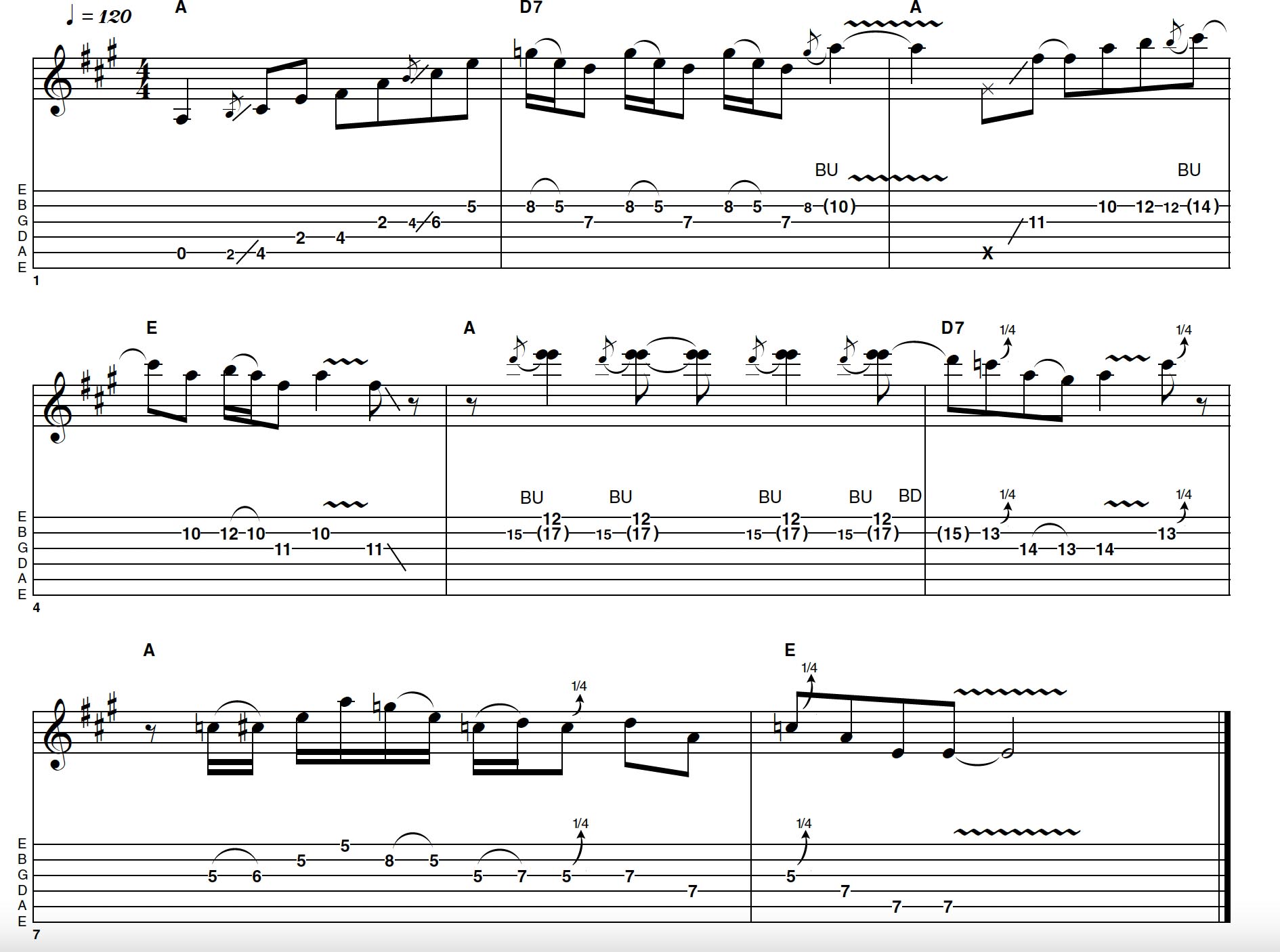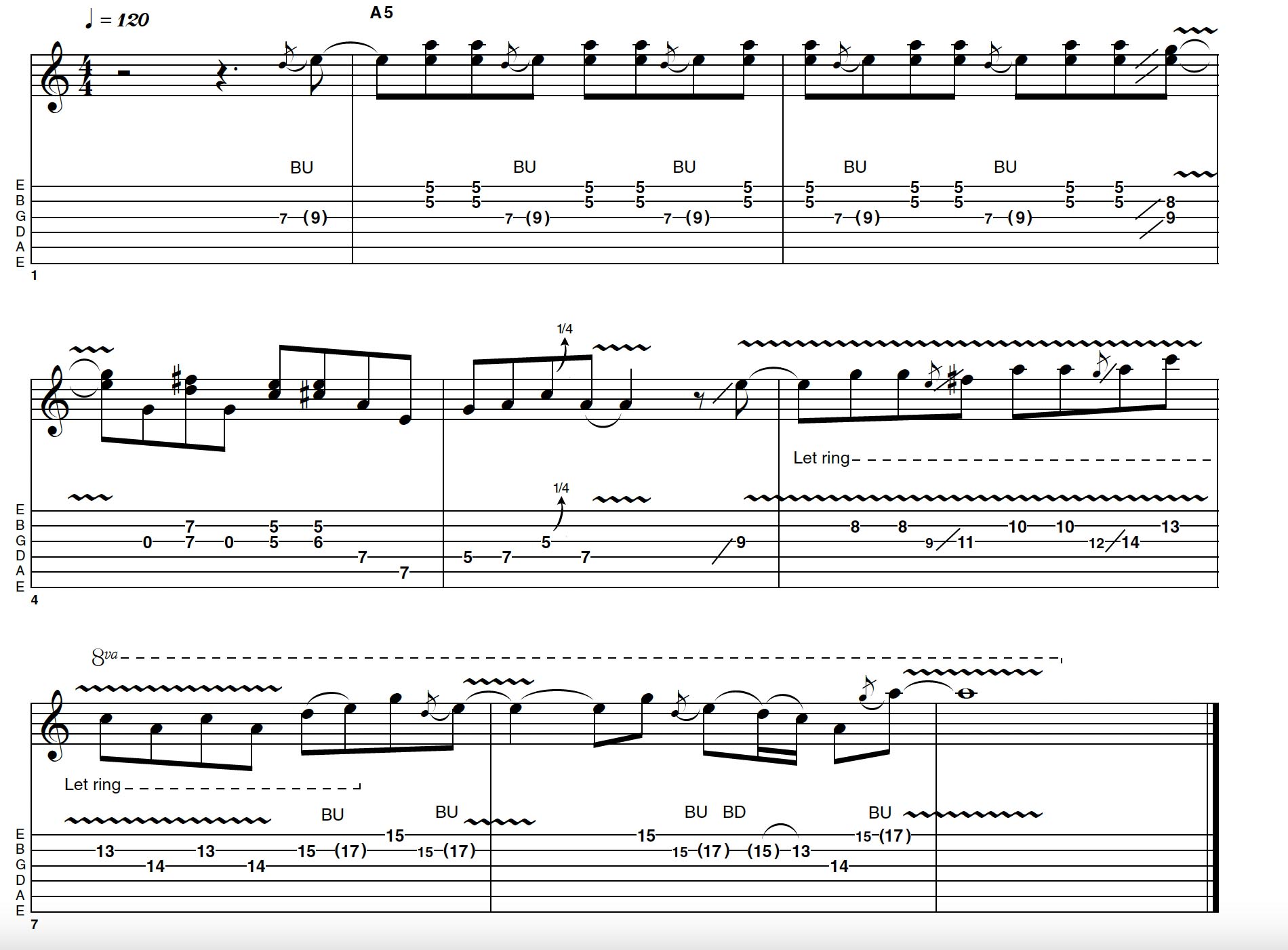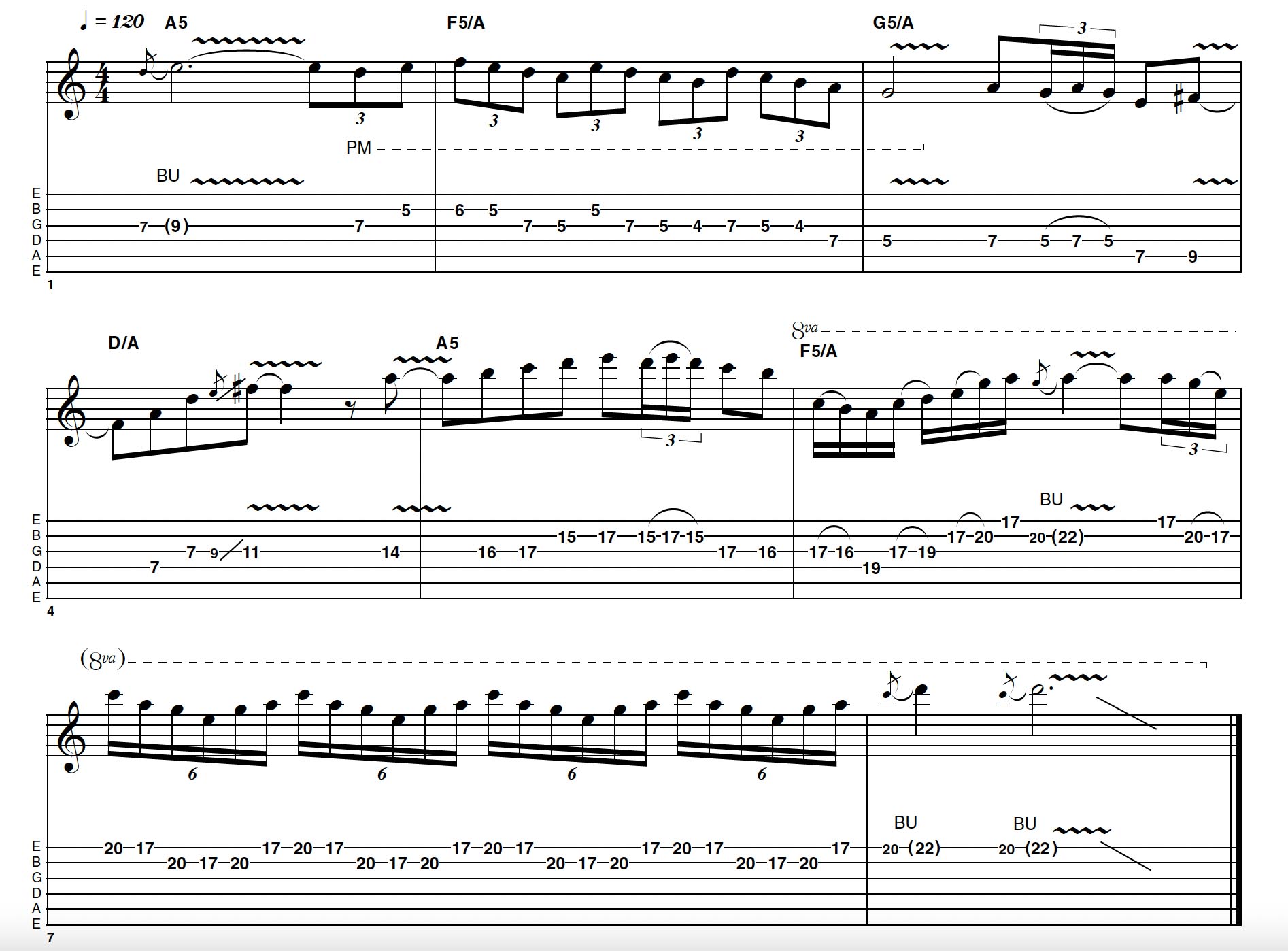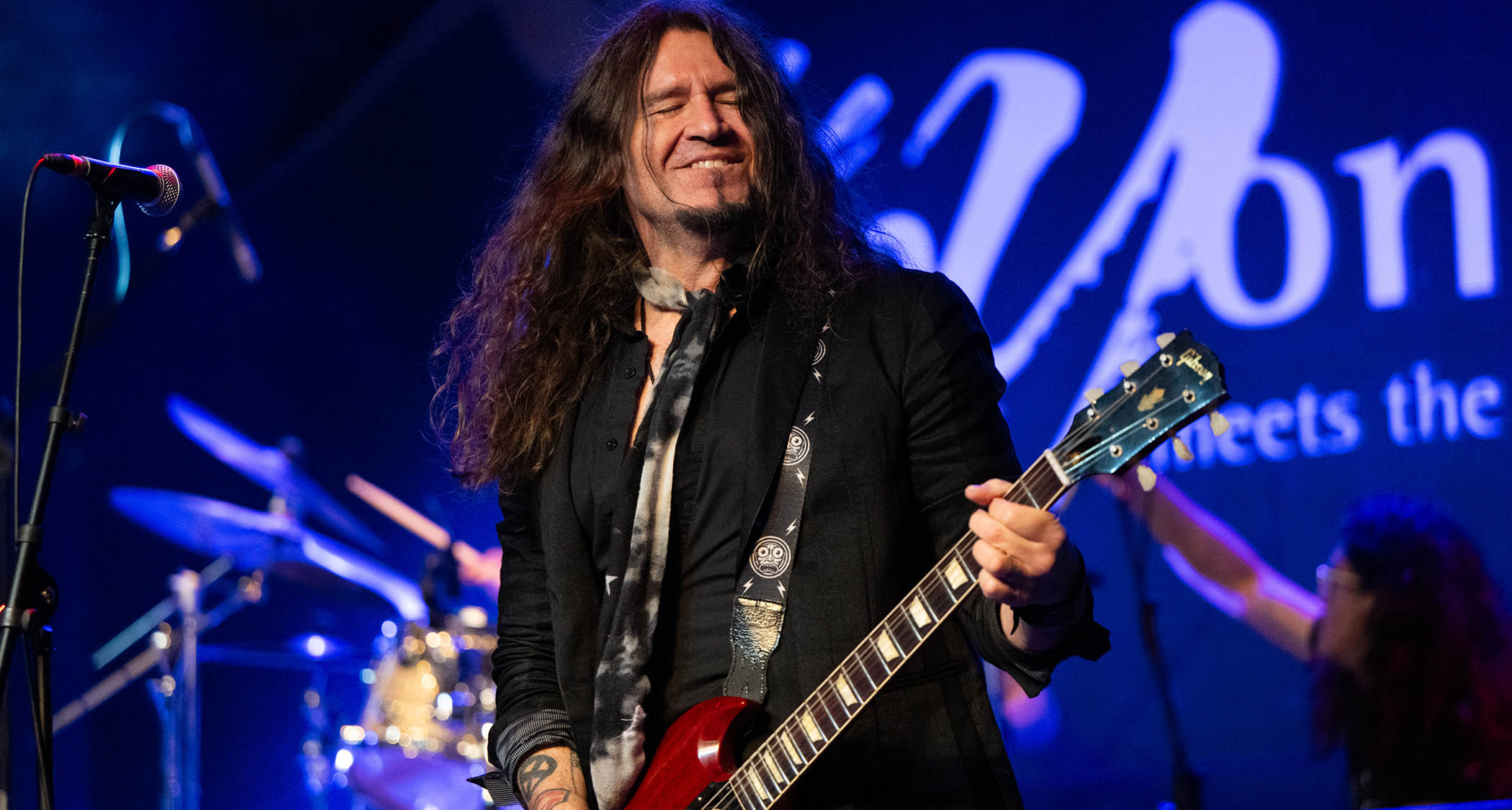Learn the secrets of the blues-rock masters in 4 lessons
Turn up the volume for this practical lesson in how blues guitar evolved into rock, via Eric Clapton, Angus Young, Gary Moore and Eddie Van Halen
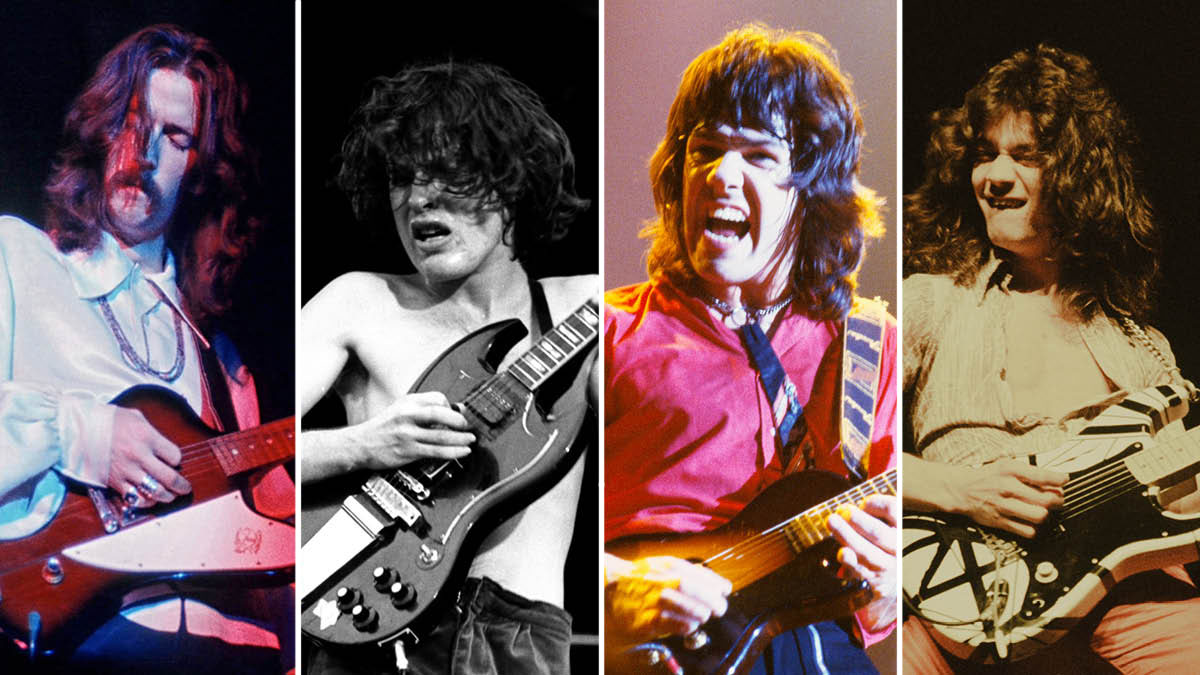
It has long been acknowledged that the roots of rock lie in the blues. From a historical standpoint, it’s possible to draw a direct line from Robert Johnson to Eric Clapton, from Chuck Berry to Angus Young, and through subsequent generations to hard rock and many of the sub-genres of heavy metal.
However, tracing the development of a musical style could never be that simple. We should consider the styles and fashions of various eras, too: Chicago blues, rock ’n’ roll, the British Invasion and so on.
If we take the mid-60s as a line in the sand – when guitarists began to actively use the distortion and sustain produced by pushing an amp to its limit as an integral part of their sound – this is where we pick up the story.
Eric Clapton’s work on the infamous ‘Beano’ album with John Mayall captures what became an ‘aha’ moment for a generation of aspiring electric guitarists who took the blues they loved and quite literally turned up the volume.
Forward-thinking players have since driven amplifier design in the direction of brighter circuits (which distort more easily), master volume, higher gain, switchable channels, effects loops and even MIDI. In fact, the tones on these demo solos were produced with software, so there’s yet another layer!
Nevertheless, there is also a case for the idea that guitarists are influenced by the possibilities that arise from existing gear – Jimmy Page, for one, has said the first thing he explores when trying new equipment is what it isn’t supposed to do.
Players such as Gary Moore and Eddie Van Halen, who represent the more modern-rock approach in this feature, are known for pushing their amplifiers hard, using techniques facilitated greatly by their amplification – try tapping or holding an infinitely sustained note on a Dobro! All that’s left to do now is play along with our examples and journey through the blues-rock evolution…
All the latest guitar news, interviews, lessons, reviews, deals and more, direct to your inbox!
Example 1. Eric Clapton
In 1966, the year of the famed ‘Beano’ album, Eric Clapton was already rehearsing with Cream. Though he was (and is) a blues purist at heart, Eric’s work in this period established many ‘norms’ in rock solo guitar playing.
This example borrows an idea or two from Cream in the later 60s. It is very much pentatonic, but the frequent use of 6ths (F# in this case) is part of the blues vocabulary. Note the G# in bar 6 – you’ll hear Eric use this idea in a few solos of the period.
Example 2. Angus Young
Taking a leaf out of Angus Young’s book, we find he in turn has done the same with Chuck Berry – as did the Sex Pistols’ Steve Jones shortly thereafter. The aggressive doublestops are a big part of this solo, though they take a slightly gentler blues feel in bars 3, 5 and 6.
It’s very much A minor pentatonic here, but the way you put it across is everything. Angus is not a ‘high-gain’ player with lots of pedals/gain stages, and this influences the phrasing and vibrato, too.
Example 3. Gary Moore
Eric Clapton and Peter Green were massively influential to the young Gary Moore. Though he did later return to his roots somewhat, it was via his impressive technical accomplishments with Colosseum II, his rock playing with Thin Lizzy and going into the '80s. This solo aims to combine the precision and melodic restraint he always prioritised with some no holds barred alternate picking!
Example 4. Eddie Van Halen
As Eric Clapton changed the game for so many in the mid-'60s, Eddie Van Halen broke fresh ground from the late-'70s and way beyond. The intensely driven sound, big riffs and unique solo approach caused ripples that are still being felt.
This example should be considered as a starting point, but the principles are here. A phaser and echo also help with authenticity. We really are in the realm of the amplifier – with effects being played like an instrument here, too!
As well as a longtime contributor to Guitarist and Guitar Techniques, Richard is Tony Hadley’s longstanding guitarist, and has worked with everyone from Roger Daltrey to Ronan Keating.
